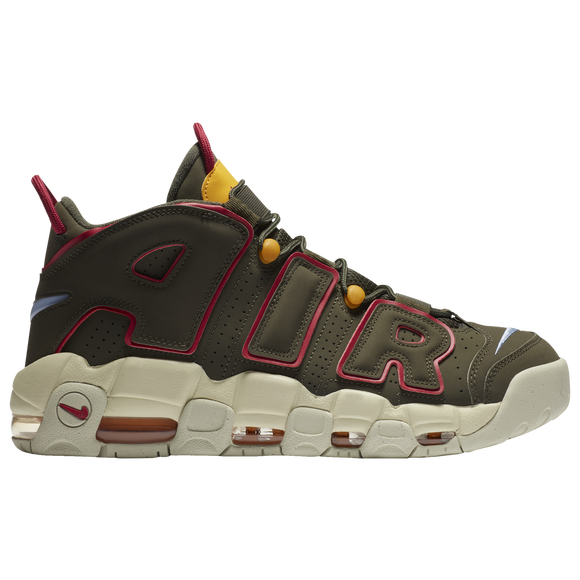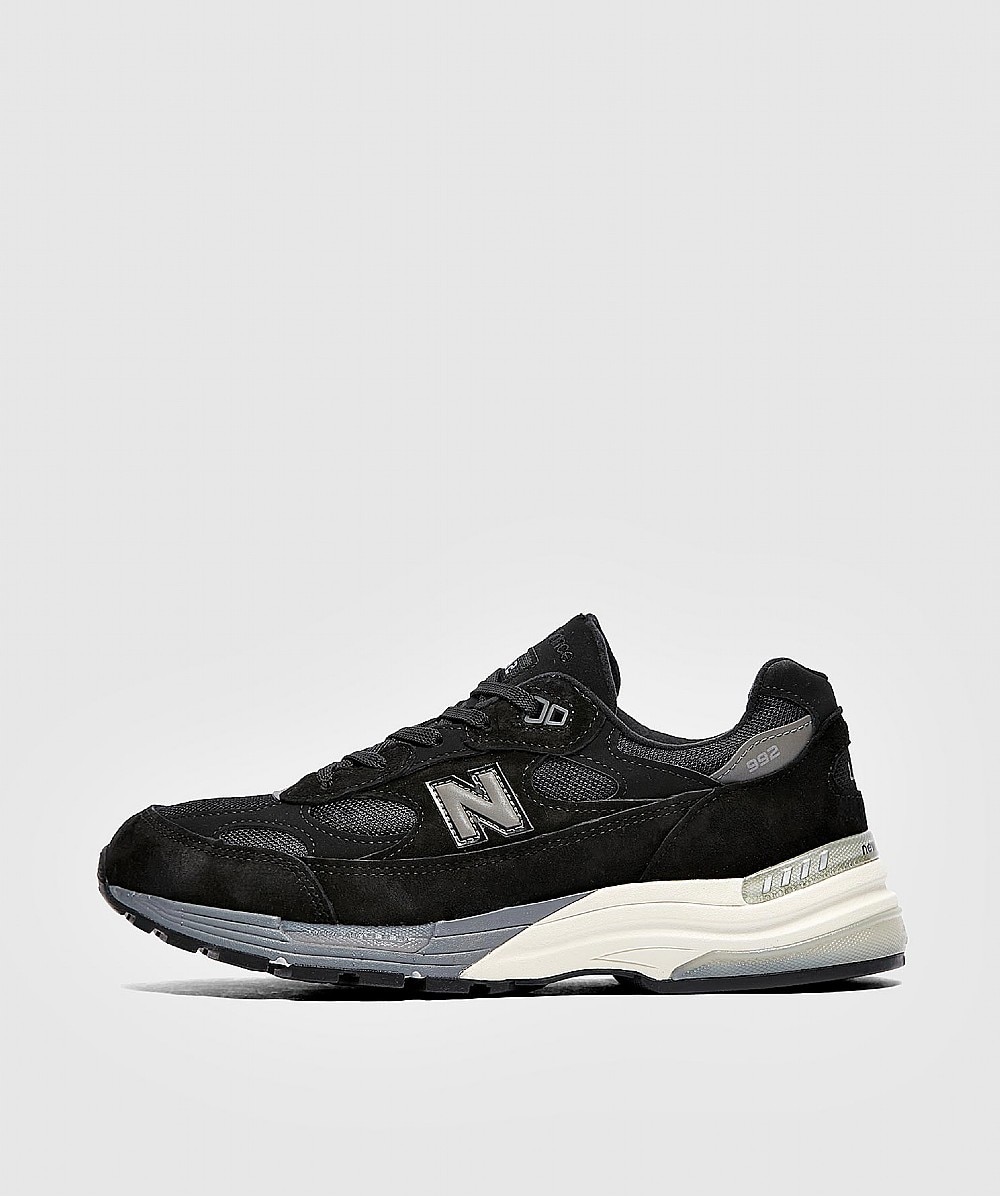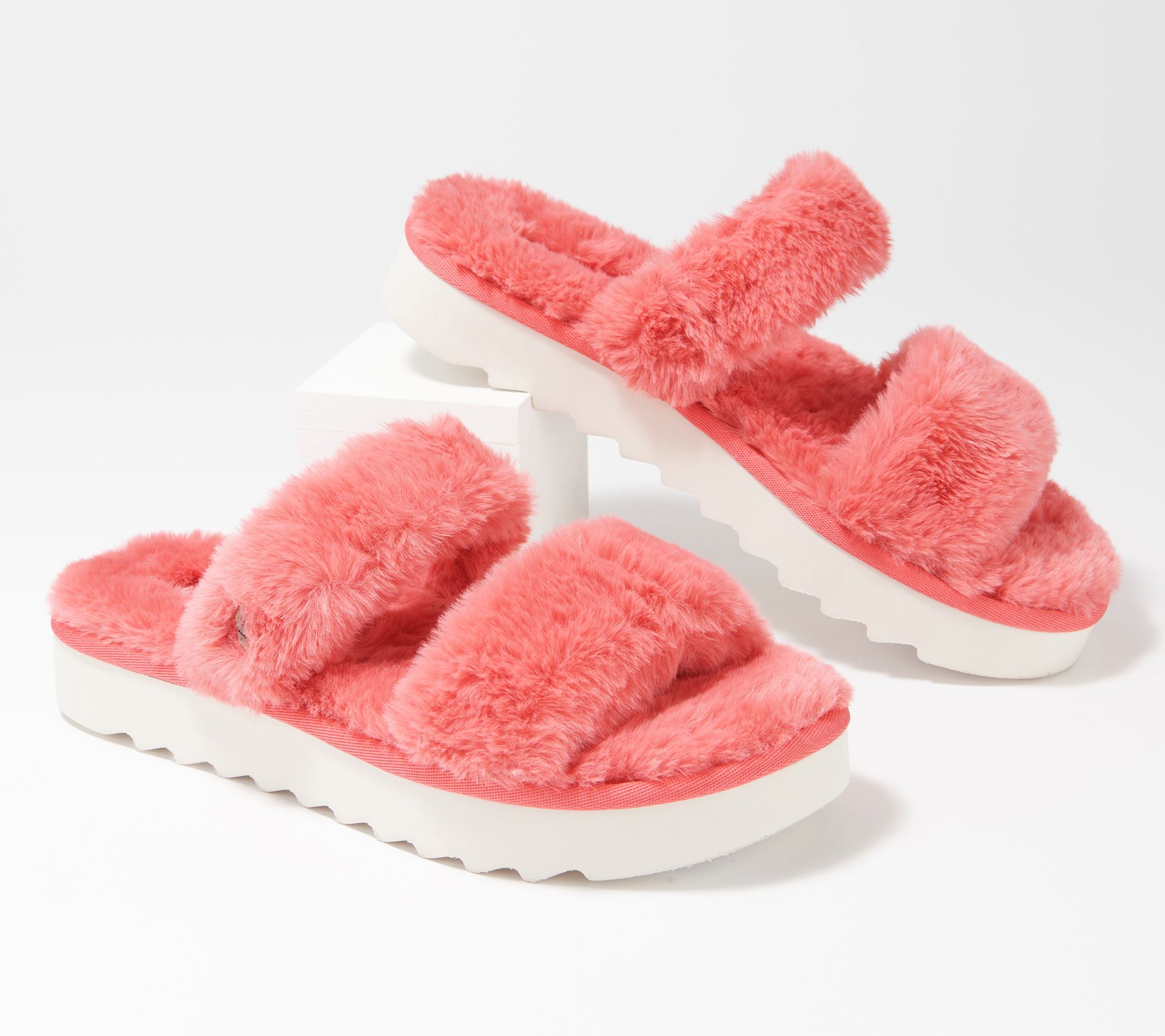Original Tall’Rain Boot – HUNTER
A classic finish perfects a puddle-proof rubber boot finished with a traction-gripping sole.
A classic finish perfects a puddle-proof rubber boot finished with a traction-gripping sole. Subtle tonal motifs circle the shaft, while an adjustable buckle at the side adds interest.
- Waterproof: protects against rain, puddles and slush to keep feet dry in wet conditions
- 1 1/2″ heel height (size 9)
- 16″ boot shaft height; 15 1/2″ calf circumference
- In hot or humid weather, natural latex rubber releases a protective wax film; simply wipe it off with a damp cloth
- A pristine finish and shine is easily restored with regular use of Hunter Boot Buffer or Instant Boot Shine
- Rubber upper/textile lining/rubber sole
- Imported
- Women’s Shoes
- Item #585518
Additional information
| Size Info. | Whole sizes only; for 1/2 sizes, order next size down. |
|---|






by Diane
Love these boots! They are my second pair and they are the best! My first pair lasted for about 10 years and I wore them a lot! Finally had a few cracks appear and they were done
by Joanna
Lovely coloured boots but sadly roo small in the calf.
by Suffolk
Really nice looking wellies. Being lightweight they are easy for walking so good for long dog walks. Fit high up to the knee offering good protection when walking in overgrown grassy areas.
by Anna
I love my boots. I bought them in Military Red and the color is exactly what I saw online. They are more comfortablethan I expected; I thought the little heel wouldn’t be ideal for walking on rough terrain, but I felt like there was no heel at all. My only critique would be that these boots are so tall that when you sit and your wear shorts, the rubber irritates the back of your leg around the knee.